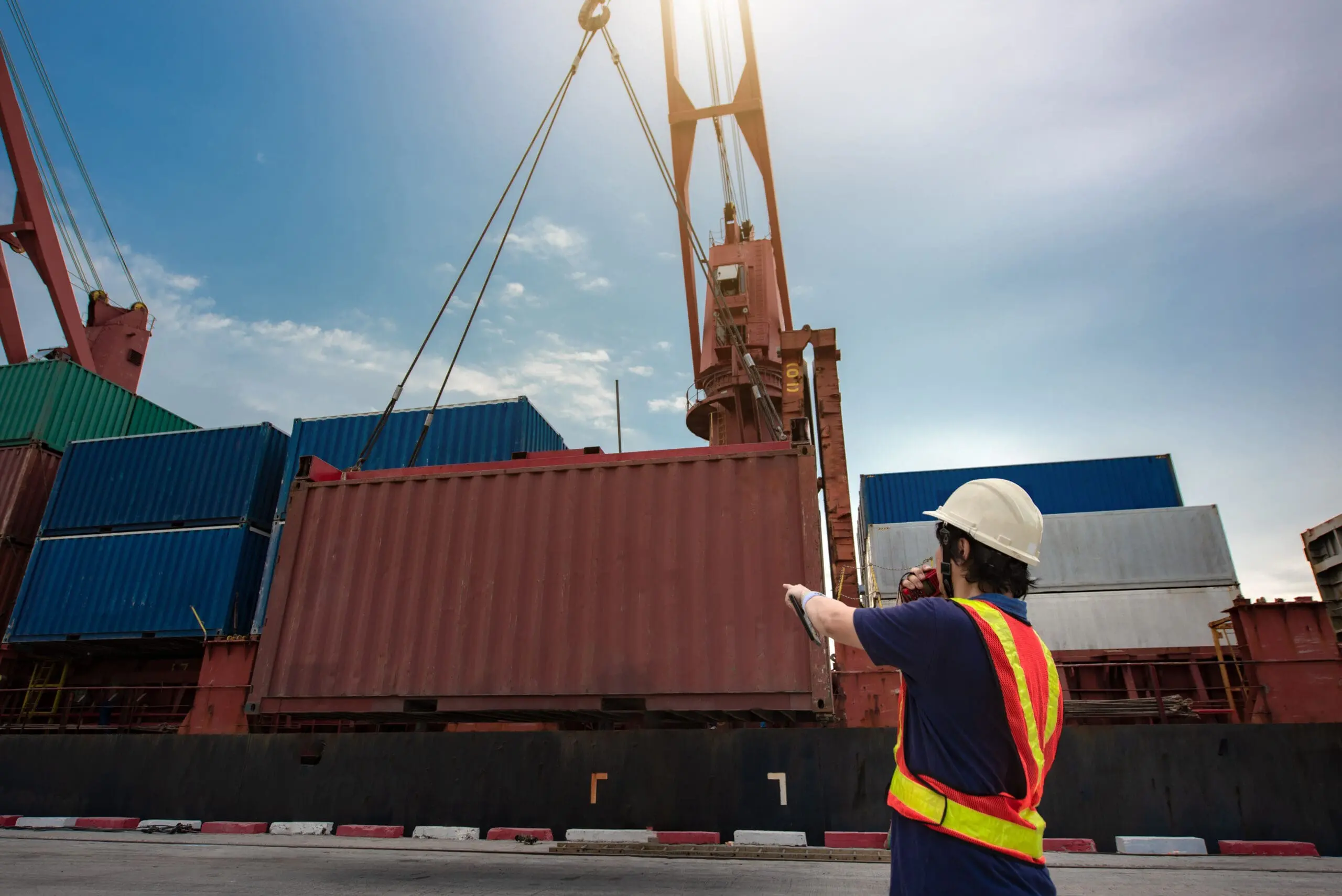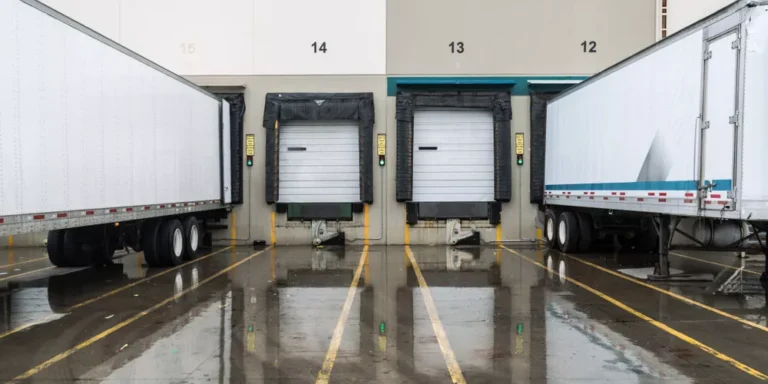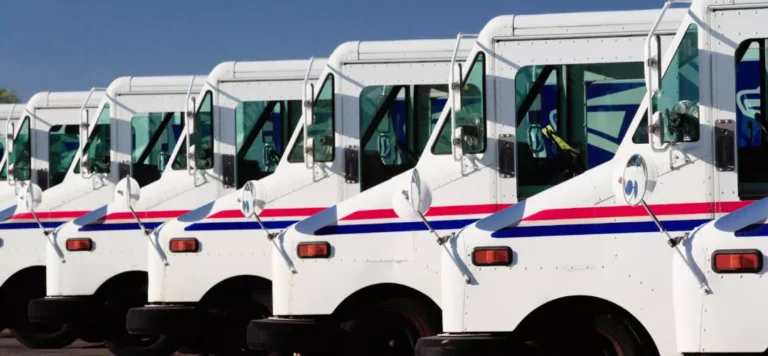Mastering Freight Cost Management: Your Guide to Savings
Freight costs are a significant expense for any business, and it’s easy to think of those costs as fixed. But with the right strategies and some insider knowledge, they can be managed and even effectively reduced.
Below are eight ways to reduce your freight costs and enhance profitability. Implementing even a few of these practices can move the needle in big ways, so don’t hesitate to take action and start boosting your bottom line today.
Optimizing Freight Routes and Transportation Modes
Route optimization is a very simple way to manage shipping costs. Embrace technology to plan shipping routes more efficiently (for example, finding carriers based near your shipping points can reduce rates). This not only ensures timely deliveries, it also minimizes unnecessary detours. By avoiding delays you can reduce fuel consumption, which in turn cuts down on emissions and costs.
Depending on the nature and urgency of the shipment, choose the most cost-effective transportation mode, whether that’s road, rail, sea, or air. International goods are usually cheaper to ship by sea, and when it comes to domestic shipping, rail is usually cheaper than trucking. Combining multiple shipping modes for intermodal transportation can further increase efficiency and lower costs.
When it comes to your shipping carriers, think long-term. Building a good relationship with your carrier can lead to significant savings in the long run, since long-term customers are often able to negotiate more favorable shipping rates.
Efficient Packaging and Load Optimization
Right-size your packaging: always use packaging that aligns with the size and weight of the product in order to save space and eliminate unnecessary weight. Minimize empty spaces in containers and trucks to ensure maximum utilization on the container.
Similarly, minimize support packaging (airbags, etc.) in the packaging itself to diminish weight and maximize space. By reducing packaging materials, you can not only save costs but also contribute to environmental sustainability.
Whenever possible, combine multiple shipments into one. This maximizes load capacity and reduces the number of trips necessary to move your product. You can also combine your shipments with other shippers sending products to the same destination. Sharing transportation costs with them can lead to significant labor and fuel savings while ensuring timely delivery.
Inventory Management and Demand Forecasting
Just-in-Time Inventory (or JIT) is a form of inventory management that involves working closely with suppliers so that material arrival coincides with production. This ensures the minimum amount of inventory is on hand to meet demand, offering significant potential savings. Implementing JIT practices can help reduce excess inventory, which in turn minimizes storage costs. It also reduces the amount of capital that’s tied up in inventory, improving cash flow.
When it comes to forecasting demand, data analytics can often significantly improve your accuracy. This helps avoid overstocking and understocking issues, saving unnecessary shipments over time. Ensuring that the right products are available when needed also enhances customer satisfaction.
Negotiating Carrier Contracts and Rates
In the long run, rate-shopping doesn’t save you money. Instead, building strong partnerships with carriers can lead to long-term contracts with favorable rates over a longer span of time. Build trust through transparency: clarity and open communication with your carrier(s) ensures smoother operations.
When you’re negotiating shipping rates, remember that they can fluctuate based on a variety of market factors, so keep an eye on market trends and competitive rates. Still, you can often negotiate lower rates based on shipping volume and frequency. And always periodically review and renegotiate contracts to ensure you’re getting the best deal. The upside? Locking in a good rate for the entirety of a given contract period helps hedge against market fluctuation.
Implementing Technology and Automation
Transportation Management Systems (TMS) software can help you leverage automation and analytics to optimize shipping speed and efficiency and assist with cost analysis. Automating order processing and tracking can also reduce errors and administrative overhead.
Real-time tracking of shipments can help ensure the security and condition of goods while they’re in transit, all while improving efficiency. Thanks to Internet of Things (IoT) tools that utilize interconnected sensors and devices (think smart containers or fuel sensors), this is simple to implement.
Sustainable Practices in Freight Management
Meeting sustainability goals not only reduces costs but also enhances brand reputation. So go green: opt for eco-friendly transportation options to reduce both emissions and environmental impact. You can also utilize reverse logistics to improve your returns and recycling processes, reducing waste and disposal costs and contributing to a circular economy.
Performance Analytics and Continuous Improvement
To identify areas of improvement in your shipping operations, track and analyze freight-related Key Performance Indicators (KPIs) like on-time delivery, damage rates, and shipping cost per unit. Using these to set benchmarks and performance goals can help ensure continuous growth and savings.
Additionally, remember that your employees often notice things you might not. Encourage them to suggest cost-saving ideas and conduct regular reviews of your freight operations to increase efficiency. Adapting strategies based on lessons learned can also improve employee buy-in, creating a flywheel of continuous improvement.
Regulatory Compliance and Documentation
Fines and penalties are some of the most unnecessary and easily-preventable shipping costs. To steer clear of them, stay updated on all applicable transportation regulations. Proper documentation ensures smooth operations and avoids legal complications, keeping you compliant. It can also save you money: regularly auditing freight invoices can recover overcharges and rectify billing errors.
Employee Training and Skills Enhancement
Invest in your team by training them on cost-saving strategies and best practices. Empower employees to make informed decisions, leading to efficient freight management and a culture of personal investment in the company’s success. Encourage ongoing learning and skills enhancement in areas like negotiation, analytics, and technology to build a team culture of continuous improvement.
Transform Your Bottom Line with Smart Freight Cost Management
In conclusion, managing freight costs effectively requires a holistic approach. When implmeneted correctly, any of these strategies can save you significant amounts of time and money on freight and shipping costs:
- Optimize freight routes and transportation modes
- Maximize efficiency through right-sized packaging and load optimization
- Manage inventory and demand forecasting
- Negotiate carrier contracts and rates
- Embrace eco-friendly shipping practices
- Use shipping KPIs to identify areas of improvement
- Stay updated on shipping regulations to avoid costly compliance issues
- Train your team on cost-saving strategies, and invest in a culture of continuous improvement
As the freight management landscape continues to evolve, it’s crucial for businesses to stay updated on current rates, and prioritize cost-efficient practices. Interested in learning more? Talk to a shipping expert today.
About the Author

WSI Team
WSI is one of the largest privately held 3rd party logistics companies in the U.S. and spans a nationwide distribution network with global logistics reach.







